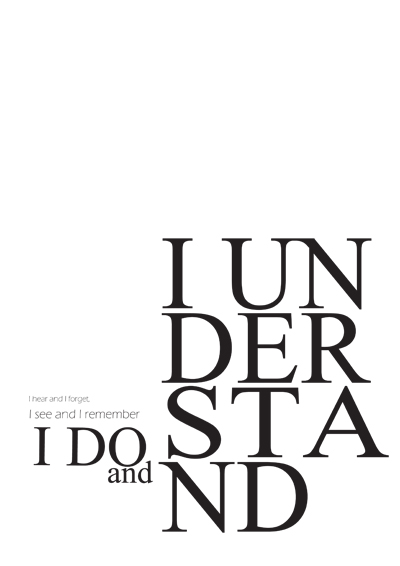

The run of text that the shaping engine receives for the purpose of shaping is a sequence of Unicode characters. The descriptions which follow will help font developers understand the rationale for the Sinhala feature encoding model, and help application developers better understand how layout clients can divide responsibilities with operating system functions.

#Iskoola pota sinhala font code
Shaping engine - Code responsible for shaping input, classified to a particular script Repaya ( reph) – The above-base form of the letter “Ra” that is used if “Ra” is the first consonant in the syllable and is not the base consonant Rakaaraansaya ( rakar) – The below-base form of “Ra” which forms a ligature with most preceding consonant(s) OpenType tag – A 4-byte identifier for script, language system or feature in the font In the Microsoft text formatting stack, it is named OTLS (OpenType layout services) OpenType layout engine – The library responsible for executing OpenType layout features in a font. The greatest variation among different Indian scripts is found in the rules for attaching dependent vowels to base characters They are always depicted in combination with a single consonant, or with a consonant cluster. Dependent vowels are referred to as “matras” in Sanskrit. Matra (dependent vowel) – Used to represent a vowel sound that is not inherent to the consonant. For example the touching-letter sequence of alpapraana kayanna and vayanna (U+0D9A, U+0DCA, U+200D, U+0DC0)

Ligature – A combination of glyphs that join to form a single glyph.

Glyph – A glyph represents a form of one or more characters These characters have no visual appearance, except when an application chooses to display zero width glyphs For example, “Ka” and “Ta”, rather than just “K” or “T”Ĭonsonant conjunct (aka ‘conjunct’) – A ligature of two or more consonantsįormat controls – special formatting characters used in the shaping process of Sinhala scripts (U+200c and U+200D). A character may have multiple forms of glyphsĬluster – A group of characters that form an integral unit in Indic scripts, oftentimes this corresponds to a syllableĬonsonant – Sinhala consonants have an inherent vowel (the short vowel /a/ called ayanna). For example the Sinhala letter Ayanna (අ) is U+0D85. Layout operations are defined in terms of a base glyph, not a base character, as a ligature may act as a baseĬharacter – Each character represents a Unicode character code point. Akhand ligatures have the highest priority and are formed first some languages include them in their alphabetsĪl-lakuna (halant/virama) – The character used after a consonant to suppress its inherent vowelīase glyph – Any glyph that can have a diacritic mark attached to it. The following terms are useful for understanding the layout features and script rules discussed in this document.Īkhand ligature – A required consonant ligature that may appear anywhere in the syllable and may or may not involve the base glyph. While it does not contain instructions for creating Sinhala fonts, it will help font developers understand how the Sinhala shaping engine processes Sinhala text. It contains information about terminology, font features and behavior of the Sinhala shaping engine. This document targets developers implementing shaping behavior compatible with the Microsoft OpenType specification for the Sinhala script. Moving forward, developers should refer to this new specification.
#Iskoola pota sinhala font windows
NOTE: Starting in Windows 10, Sinhala will be supported by the Universal Shaping Engine rather than a stand-alone shaping engine. It is also used to write Pali and Sanskrit. The Sinhala script is used to write the Sinhala language. This document presents information that will help font developers in creating OpenType fonts for Sinhala script as covered by the Unicode Standard 6.0.


 0 kommentar(er)
0 kommentar(er)
